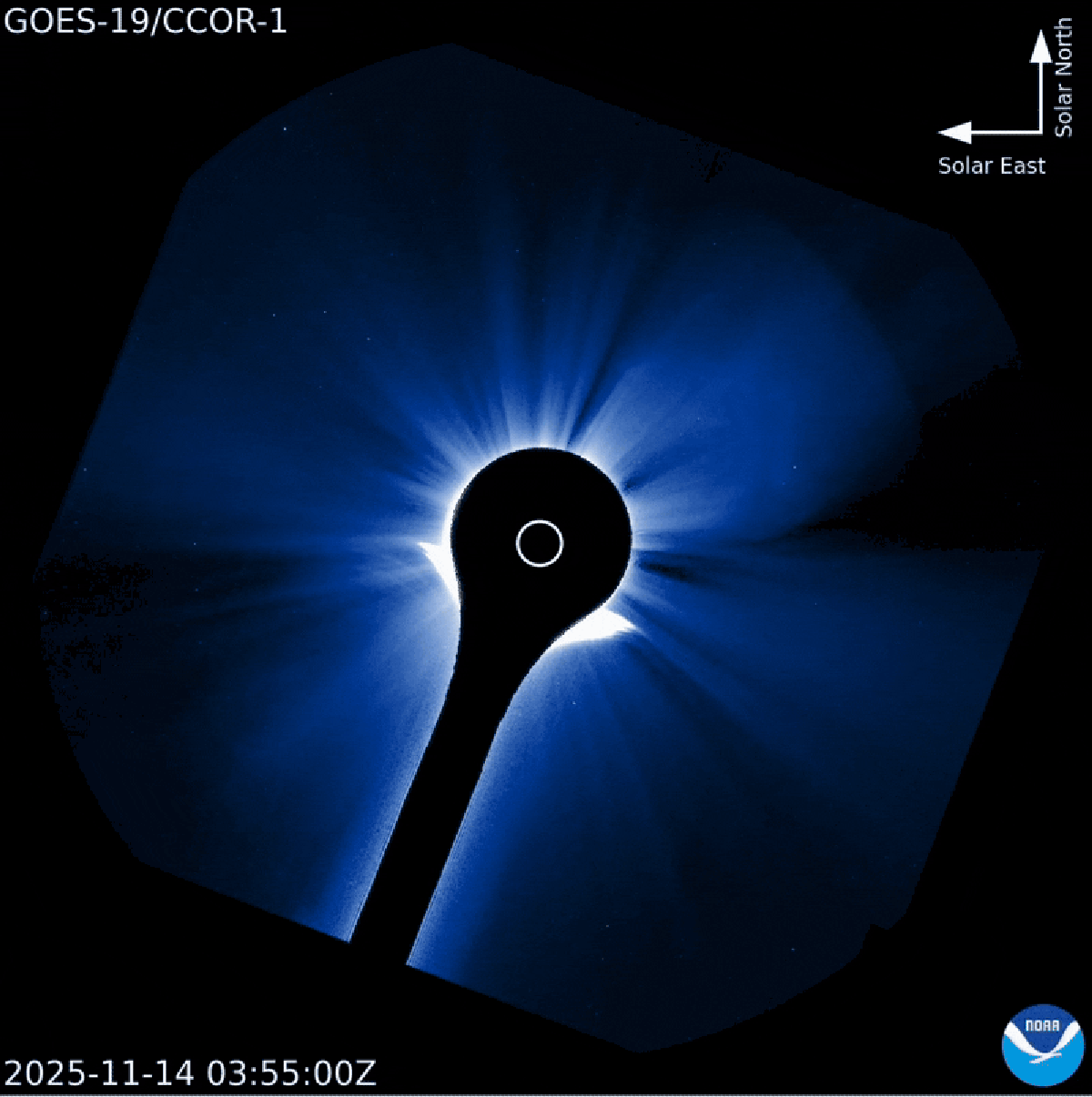
"The same active region of the sun that produced stunning auroras that were visible as far south as Mexico earlier this week has erupted again. On Friday the sun released a powerful, X4.0-class solar flarea parting blow from the dynamic active region 4274 (AR4274), which is rotating toward the far side of our star. Solar flares are ranked by strength, with X-class flares being the most powerful. Following the flare came a coronal mass ejection (CME), which is when the sun shoots out blobs of solar plasma and magnetic field thatif they reach Earthcan interact with our planet's atmosphere, triggering auroras."
"According to the National Oceanic and Atmospheric Administration's Space Weather Prediction Center, it is possible that northern parts of the contiguous U.S. could see auroras on Friday evening. Although AR4274 will be unable to impact Earth on the sun's far side, the star's approximately 27-day spin may carry the active region back within firing range. This week's outbursts were not out of the ordinary for the sun, which is currently around the peak of its 11-year solar cycle of activity."
Active region 4274 (AR4274) produced a powerful X4.0-class solar flare followed by a coronal mass ejection (CME). CMEs are expulsions of solar plasma and magnetic field that can interact with Earth's atmosphere and trigger auroras if they arrive. The speed of CMEs varies, so it is uncertain whether this specific outburst will reach Earth. The National Oceanic and Atmospheric Administration's Space Weather Prediction Center indicated that northern parts of the contiguous U.S. could possibly see auroras. AR4274 is rotating toward the sun's far side but could return within a roughly 27-day solar rotation. The sun is near the peak of its 11-year solar cycle.
Read at www.scientificamerican.com
Unable to calculate read time
Collection
[
|
...
]